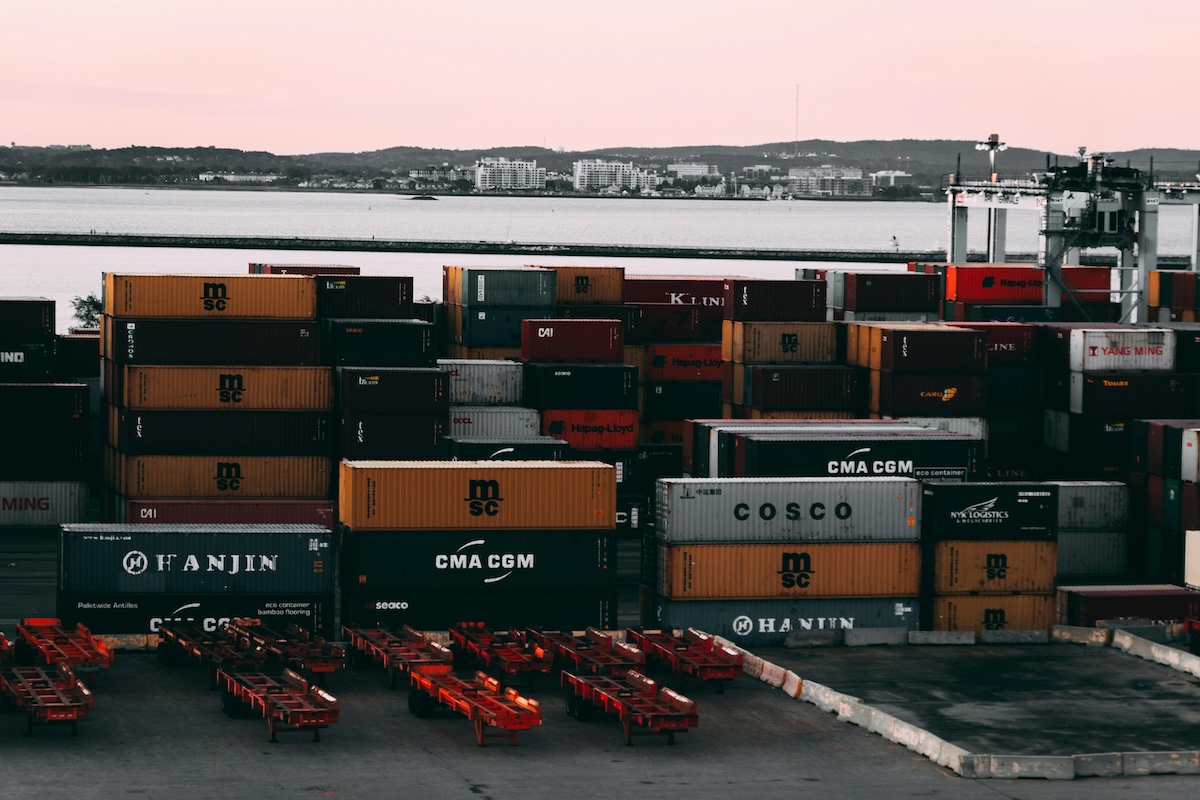Export License Exceptions and Exemptions: What You Need to Know

Article Summary
These are authorizations that allow exports or reexports without a license under specific conditions, simplifying compliance with export regulations.
Exceptions apply under EAR for specific items or transactions, while exemptions apply under ITAR for certain defense-related exports.
Examples include LVS (Limited Value Shipments), STA (Strategic Trade Authorization), and TMP (Temporary Exports).
They reduce licensing burdens, streamline processes, and enable faster transactions while maintaining compliance.
Misuse can result in penalties, fines, and loss of export privileges.
Export licenses are the authorization mechanisms that enable the U.S. government to regulate the export and reexport of goods and technologies. Depending on the circumstances however, it is possible that an Exception (under the EAR) or an Exemption (under the ITAR) may be available. The differing terms reflect that the U.S. has two similar but different sets of export regulations. There are long-running efforts to consolidate them but for the foreseeable future, exporters must contend with two regulatory jurisdictions.
ITAR vs EAR – What’s the Difference?
If your products or services pertain to the military, they may be controlled under the auspices of the International Traffic in Arms Regulations (ITAR). If they are commercial in nature, your items will instead be under the auspices of the Export Administration Regulations (EAR). What is the difference? In broad terms, the ITAR is simple but strict whereas the EAR is much more nuanced. There is also the issue that several key terms are not harmonized between the two sets of regulations. As such, license exemptions (precluding the need for a license) under the ITAR are relatively few and narrowly available, especially when compared to the license exceptions available under the EAR, which are much more common, diverse, and business-friendly.
EAR License Exceptions You Should Know
A License Exception allows you to export or reexport items subject to the Export Administration Regulations (EAR) without obtaining an individual license. Available exceptions are noted inside the various ECCNs (Export Control Classification Numbers) that make up the Commerce Control list. They are best known by their three-letter abbreviations or acronyms, such as:
- LVS - Limited Value Shipment: Allows exports of low-value items without a license.
- TSR - Technology & Software under Restriction: Permits technology transfers without a license.
- APP - Computers: Covers exports of computers and related software.
- NAC - Notified Advanced Computing: For specific high-performance computers.
- TMP - Temporary Imports, Exports, Re-exports, and Transfers (In-Country): Facilitates temporary movements of items.
There are several other exceptions potentially available, depending on the particulars of the transaction.

ITAR License Exemptions for Military Exports
Exemptions under the ITAR are relatively few and narrow in scope compared to those available in the EAR.
- FUNDAMENTAL RESEARCH EXCLUSIONS
This exemption applies to fundamental research conducted at universities and other institutions. It allows the free exchange of information without export controls. Research results are exempt unless they are specifically restricted by the sponsor or involve proprietary information. - PUBLIC DOMAIN / PUBLICLY AVAILABLE EXTENSIONS
Information already in the public domain or publicly available is exempt from export controls. This includes published materials, open-source software, and publicly accessible websites. - EDUCATIONAL INSTRUCTION EXCLUSIONS
Educational institutions can share technology and software with foreign students without getting a license. However, this exclusion doesn’t apply to certain sensitive technologies.
Final Takeaways: Utilizing License Exceptions and Exemptions Effectively
Understanding the availability of license Exceptions and Exemptions can be crucial for businesses engaged in international trade. Not only do they save time and money, they also provide flexibility while ensuring compliance with export control regulations.
If you are uncertain about the applicability of exceptions or exemptions to your export transactions, contact the experts at CTP for assistance today!
Key Points
What are export license exceptions and exemptions, and why are they important?
Export license exceptions and exemptions are regulatory authorizations that allow exporters to ship or reexport items without obtaining a license, provided specific conditions are met.
- Exceptions: Governed by the Export Administration Regulations (EAR), these apply to items on the Commerce Control List (CCL) and are used for commercial and dual-use goods.
- Exemptions: Governed by the International Traffic in Arms Regulations (ITAR), these apply to defense-related items on the U.S. Munitions List (USML).
These mechanisms simplify compliance, reduce administrative burdens, and facilitate global trade while ensuring adherence to export control laws.
What is the difference between EAR license exceptions and ITAR exemptions?
- EAR License Exceptions:
- Apply to dual-use and commercial items regulated under the EAR.
- Examples include LVS (Limited Value Shipments), STA (Strategic Trade Authorization), and TMP (Temporary Exports).
- Found in Part 740 of the EAR.
- ITAR Exemptions:
- Apply to defense-related items regulated under ITAR.
- Examples include exemptions for technical data transfers to U.S. persons abroad or certain collaborations with allied countries.
- Found in Part 125 of ITAR.
Understanding the distinction is critical for determining which regulations apply to your exports.
What are some common EAR license exceptions, and how do they work?
Common EAR license exceptions include:
- LVS (Limited Value Shipments): Allows exports of low-value items under specific ECCNs, provided the value does not exceed the limit listed in the CCL.
- STA (Strategic Trade Authorization): Permits exports to low-risk countries for items with specific national security controls, provided the consignee meets notification and documentation requirements.
- TMP (Temporary Exports): Authorizes temporary exports of items, such as tools or equipment, that will return to the U.S. within one year.
- GBS (Shipments to Country Group B): Allows exports to certain countries for items controlled for national security reasons.
Each exception has specific eligibility criteria and conditions that must be met to ensure compliance.
How do license exceptions and exemptions benefit exporters?
The benefits of using license exceptions and exemptions include:
- Reduced Licensing Burden: Exporters can avoid the time and cost associated with applying for individual licenses.
- Streamlined Processes: Exceptions and exemptions simplify export procedures, enabling faster transactions.
- Enhanced Flexibility: Businesses can respond quickly to customer needs without waiting for license approvals.
- Improved Compliance: Clear guidelines help exporters navigate complex regulations while maintaining adherence to export control laws.
These advantages make exceptions and exemptions valuable tools for businesses engaged in international trade.
What are the risks of misusing license exceptions or exemptions?
Misusing license exceptions or exemptions can lead to serious consequences, including:
- Fines and Penalties: Violations can result in significant financial penalties.
- Loss of Export Privileges: Companies may lose the ability to export goods or services.
- Reputational Damage: Non-compliance can harm a company’s reputation and relationships with customers and regulators.
- Legal Action: Deliberate misuse may result in criminal charges.
To avoid these risks, businesses must thoroughly understand the conditions and limitations of each exception or exemption.
How can businesses ensure proper use of export license exceptions and exemptions?
To ensure compliance, businesses should:
- Classify Items Correctly: Determine the Export Control Classification Number (ECCN) or USML category for each item.
- Review Regulations: Consult the EAR (Part 740) or ITAR (Part 125) to identify applicable exceptions or exemptions.
- Document Transactions: Maintain detailed records of exports, including the use of exceptions or exemptions.
- Train Employees: Provide training on export control regulations and the proper use of exceptions and exemptions.
- Seek Expert Guidance: Work with export compliance specialists to navigate complex regulations and avoid errors.
By following these steps, businesses can confidently leverage license exceptions and exemptions to streamline their export operations.










